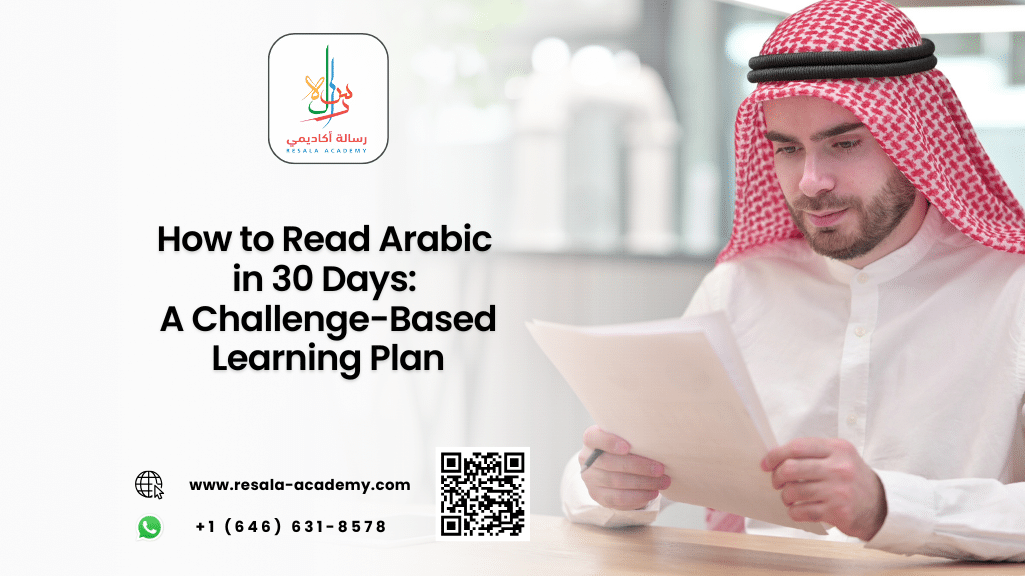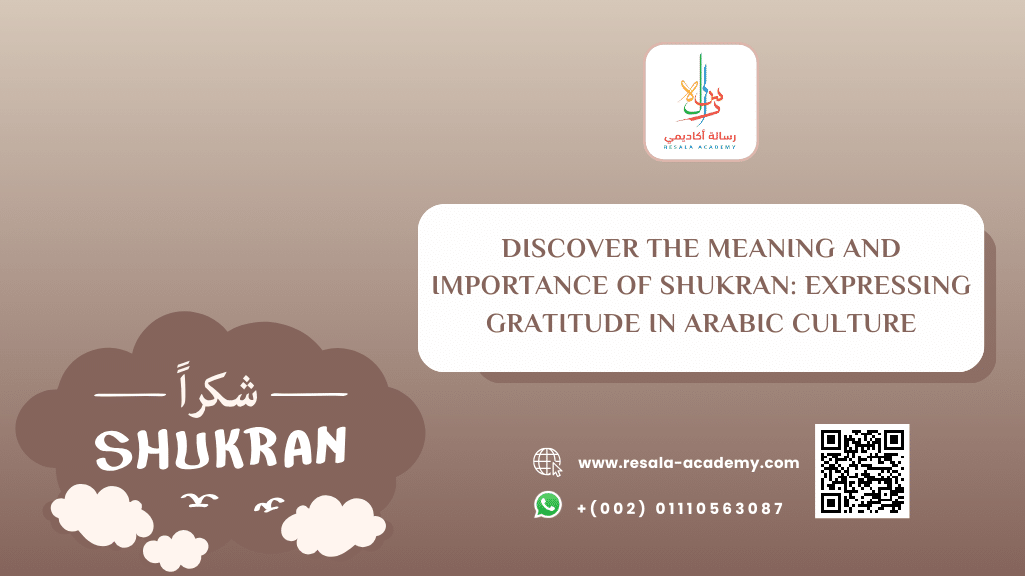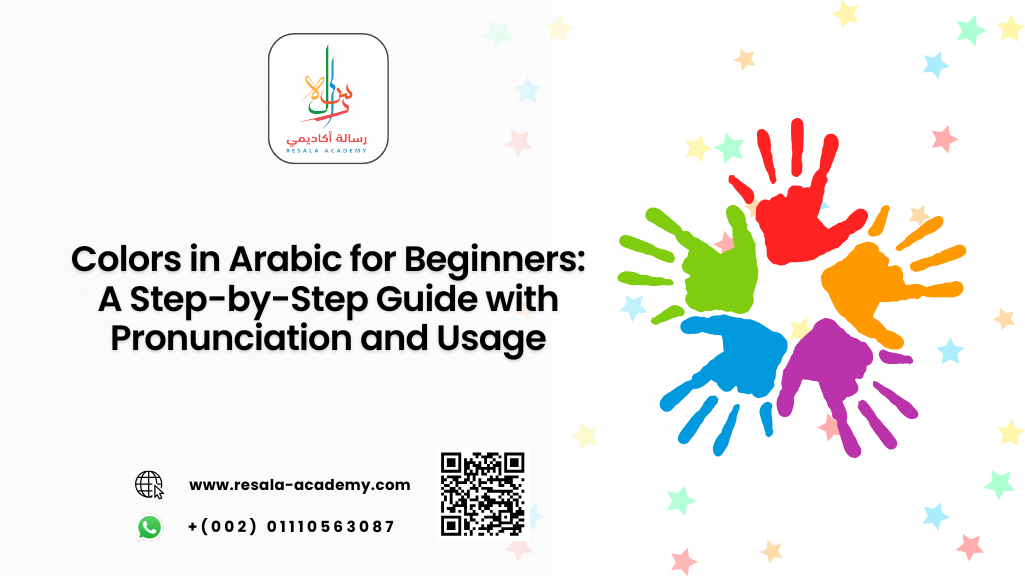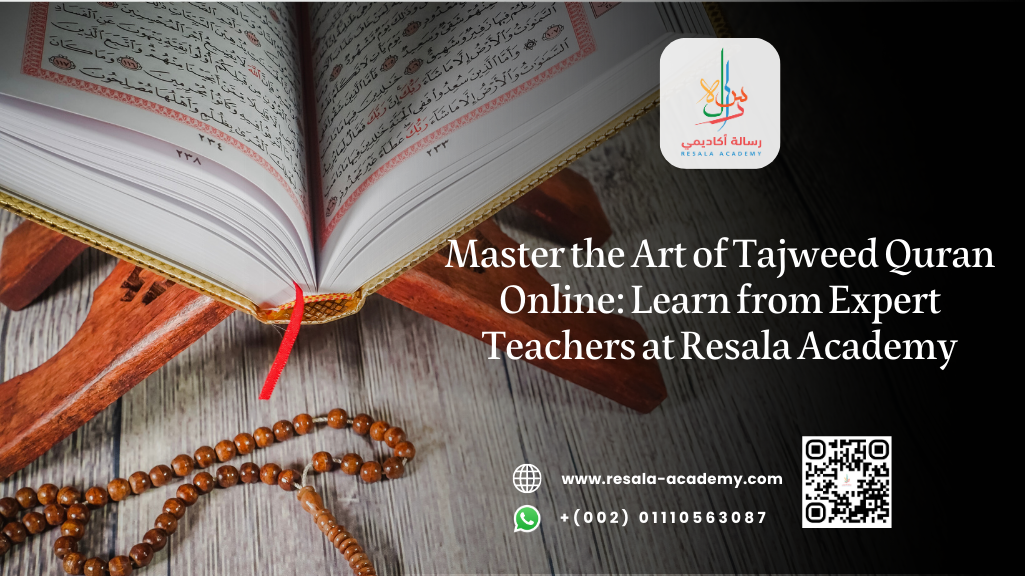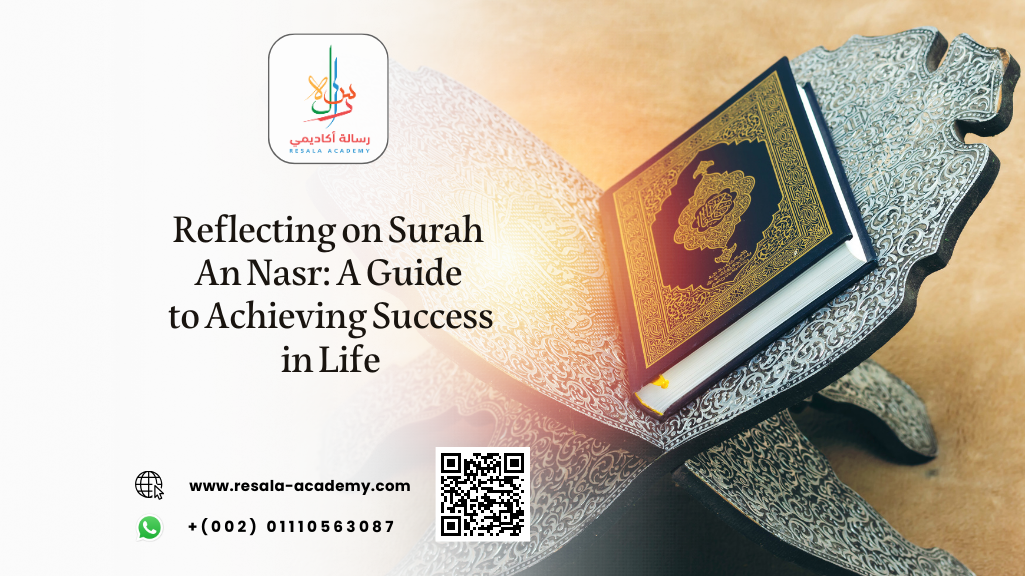Table of Contents
How to Read Arabic in 30 Days: A Challenge-Based Learning Plan
Learning how to read Arabic might seem like a daunting task for non-native speakers, but with the right strategy, tools, and mindset, it is entirely achievable—even within 30 days. This article presents a comprehensive, challenge-based learning plan designed to help you master the fundamentals of Arabic reading in just one month.
Whether you’re learning for religious, academic, or personal reasons, this guide will provide you with the structure and resources you need to succeed.
Throughout this journey, we’ll also introduce you to Resala Academy, a leading online platform offering Arabic and Quran classes tailored specifically for non-native speakers. Their expert instructors and structured programs make them a top choice for learners worldwide.
Why Learn to Read Arabic?
Before diving into the 30-day plan, it’s essential to understand the value of learning to read Arabic:
- Cultural Access: Arabic is the key to understanding a rich tapestry of literature, poetry, and history.
- Religious Importance: For Muslims, reading Arabic is essential to understanding the Quran in its original form.
- Career Opportunities: Arabic is one of the six official languages of the United Nations and is in high demand in international relations, translation, and business.
Read more about: How to Say Thank You in Arabic, Respond Politely, and Use It in Real-Life Conversations
Understanding the Arabic Script
Arabic is written from right to left and consists of 28 letters. Each letter can take on different forms depending on its position in a word—initial, medial, final, or isolated.
Key Characteristics of Arabic Script:
- Cursive Nature: Letters connect fluidly in most cases.
- No Capitalization: Unlike English, Arabic doesn’t use uppercase letters.
- Diacritics: Small marks above or below letters that guide pronunciation.
Example:
- Arabic: كِتَاب
- Transliteration: Kitāb
- Meaning: Book
To learn more about the Arabic alphabet, visit Arabic Alphabet in English guide.
The 30-Day Challenge: How to Read Arabic Step-by-Step
This structured plan breaks down the learning process into manageable daily goals. It’s designed for absolute beginners and assumes no prior knowledge of Arabic.
Week 1: Mastering the Alphabet
Goal: Learn all 28 letters and their different forms.
- Day 1–2: Learn 7 letters per day (Isolated form)
- Day 3–4: Learn how letters connect (Initial, Medial, Final)
- Day 5: Practice writing and recognizing letters in words
- Day 6: Learn short vowels (Fatha, Kasra, Damma)
- Day 7: Quiz yourself using flashcards or apps like Memrise or Quizlet
Tip: Use Resala Academy’s Online Arabic Course for interactive lessons and native pronunciation.
Week 2: Building Vocabulary and Simple Words
Goal: Start reading and forming basic words.
- Day 8–9: Learn 20 high-frequency nouns (e.g., بيت = house, كتاب = book)
- Day 10–11: Learn 20 verbs (e.g., يذهب = he goes, يقرأ = he reads)
- Day 12: Understand gender in Arabic (masculine vs. feminine)
- Day 13: Learn the definite article “ال” (al-)
- Day 14: Practice reading short sentences
Example:
- Arabic: الولد يقرأ كتابًا
- Transliteration: Al-walad yaqra’u kitāban
- Meaning: The boy is reading a book
Use Vocabulary Builder to reinforce your learning with native instructors.
Week 3: Grammar Basics and Sentence Structure
Goal: Understand how Arabic sentences are formed.
- Day 15: Learn subject-verb-object (SVO) structure
- Day 16: Introduction to pronouns (أنا = I, هو = he, هي = she)
- Day 17: Learn prepositions (في = in, على = on, إلى = to)
- Day 18: Learn question words (متى = when, أين = where)
- Day 19: Practice forming questions and answers
- Day 20–21: Read short paragraphs with comprehension questions
Resource: Resala Academy’s Intensive Arabic Course Online offers live sessions with expert teachers.
Week 4: Real-World Application and Quranic Arabic
Goal: Apply your skills to real texts and begin reading Quranic verses.
- Day 22–23: Read children’s stories in Arabic (e.g., Arabic Storybooks)
- Day 24–25: Learn common Quranic vocabulary
- Day 26: Read short Surahs (e.g., Al-Fatiha, Al-Ikhlas)
- Day 27: Practice Tajweed basics (pronunciation rules)
- Day 28–29: Join a live Quran reading session with Resala Academy
- Day 30: Celebrate your progress and set future goals!
Example from the Quran:
- Arabic: إِنَّ مَعَ الْعُسْرِ يُسْرًا
- Transliteration: Inna maʿa al-ʿusri yusrā
- Meaning: Indeed, with hardship comes ease (Surah Al-Inshirah 94:6)
Tools and Resources to Accelerate Learning
Here are some essential tools to support your 30-day Arabic reading challenge:
Online Courses
Resala Academy: Offers structured Arabic and Quran classes for non-native speakers
Flashcards & Practice
- Anki
- Quizlet Arabic Sets
Listening & Pronunciation
Advanced Strategies to Deepen Your Arabic Reading Skills
Once you’ve grasped the basics of how to read Arabic, it’s time to elevate your comprehension through immersive and context-driven techniques. These strategies not only reinforce your foundational knowledge but also foster long-term retention and fluency.
Engage with Authentic Arabic Content
- Read Arabic newspapers to expose yourself to real-world vocabulary and sentence structures.
- Use Arabic subtitles while watching shows or listening to podcasts to connect spoken and written forms of the language.
- Explore Arabic children’s books, which use simplified language and clear diacritics—ideal for learners practicing how to read Arabic fluently.
Use Contextual Reading Techniques
- Focus on root-based learning: Arabic words often derive from triliteral roots, helping you decode unfamiliar terms.
- Practice skimming and scanning techniques to identify key information quickly, a vital skill for reading Arabic texts efficiently.
- Join online Arabic reading circles or forums to discuss passages and gain insights into different interpretations and usage.
Specialized Tools to Accelerate Your Arabic Reading Journey
To truly master how to read Arabic, leveraging specialized tools and resources can make a significant difference in your learning curve. These tools are designed to address the unique challenges faced by non-native speakers.
Interactive Arabic Reading Platforms
- Use platforms that allow you to read Arabic texts with instant translations and vocabulary tracking.
- Try Arabic reading apps that incorporate spaced repetition systems (SRS) to reinforce vocabulary retention and reading fluency.
Enroll in Specialized Arabic Reading Programs
- Join tailored online programs like Resala Academy’s Advanced Reading Course that focus on fluency, comprehension, and Quranic literacy.
- Benefit from personalized feedback, live reading sessions, and structured progress assessments to ensure consistent improvement.
These advanced methods, when combined with daily practice and expert guidance from platforms like Resala Academy, significantly enhance your ability to read Arabic with confidence and depth.
From Alphabet to Ayah: Your Arabic Journey Starts Here
If you’re serious about learning how to read Arabic, there’s no better place to start than Resala Academy. Their programs are specifically designed for non-native speakers, combining modern teaching methods with classical instruction.
Here’s why thousands of learners trust Resala Academy:
✅ Certified native-speaking instructors
✅ Flexible online classes tailored to your pace
✅ Specialized courses in Arabic, Quran, and Tajweed
✅ One-on-one support and progress tracking
✅ Affordable pricing with free trial options
Ready to start your Arabic journey? Join Resala Academy today and unlock the beauty of the Arabic language in just 30 days!
Frequently Asked Questions (FAQs)
1. Can I really learn to read Arabic in 30 days?
Yes, with a structured plan and daily commitment, you can learn the basics of reading Arabic in 30 days. Platforms like Resala Academy provide expert guidance to accelerate your progress.
2. Do I need to learn how to write Arabic too?
While writing enhances your understanding, it’s not essential for reading. However, learning to write Arabic letters can reinforce recognition and pronunciation.
3. What’s the difference between Modern Standard Arabic and Quranic Arabic?
Modern Standard Arabic (MSA) is used in media and formal communication. Quranic Arabic is the classical form used in the Quran. Resala Academy offers courses in both.
4. How can I practice Arabic if I don’t live in an Arabic-speaking country?
Use online resources like Resala Academy, language exchange apps, and Arabic media (TV, podcasts, books) to immerse yourself in the language.
5. Is Arabic hard to learn for English speakers?
Arabic has a different script and grammar, which can be challenging. However, with consistent practice and the right guidance, like that offered by Resala Academy, it becomes manageable and rewarding.
Conclusion
Learning how to read Arabic in 30 days is not only possible—it’s a transformative experience. With a challenge-based approach, daily goals, and the right support system, you can unlock a new world of language, culture, and spiritual depth.
Whether you’re aiming to read the Quran with understanding or simply want to explore a new linguistic frontier, Resala Academy is your trusted partner every step of the way. Their expert-led courses, flexible schedules, and supportive community make Arabic learning accessible and enjoyable.
So, are you ready to take the 30-day challenge? Start today, and in just one month, you’ll be reading Arabic with confidence and clarity.
